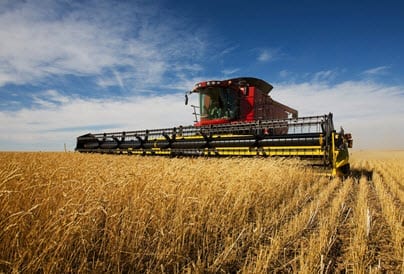The industry continues to tally up the totals from predictions, which grow ever higher.
The wide sweeping droughts that have destroyed the plants on farmers’ fields across the United States are racking up a significant bill, as AIR Worldwide has predicted that this single natural catastrophe have likely already bring about crop insurance losses worth over $13 billion.
over $13 billion.
That disaster modeler forecasts that these losses may reach $20 billion by the end of the year.
The data from AIR has shown that once the federal government recoveries have been accounted for, crop insurance companies, as well as their reinsurers, may find that they are responsible for losses worth somewhere between $1 and $3 billion.
The conditions have been dry in the affected areas since the start of the 2011 spring crop season.
As the drought has been growing ever worse over two consecutive growing seasons – as well as the winter that connected them – the moisture levels of the ground in which the corn and other plants are growing is severely depleted and is strangling the domestic supply.
The dry conditions last year led to production levels that were below normal, particularly in Texas, which saw record crop insurance losses of $2.58 billion to help to cover the agricultural disaster worth around $7.62 billion. It is anticipated that this year will be even worse than last year, and will even surpass the drought of 1988, which set records at the time.
According to AIR, “After the hottest July on record, the 2012 drought is now expected to surpass the 1988 drought in terms of industry losses.”
That drought 24 years ago, is easily the most severe that had been experienced since that time. In that year, the losses – adjusted to 2012 – were valued at in around $77.6 billion. This was the second most expensive disaster caused by weather in the United States since 1980.
However, by the close of July of this year, the contiguous United States area was afflicted with drought that was even worse than those previously recorded conditions. The extreme drought impacted 42 percent of that region, making it the fifth worst weather disaster since 1895. The year 1956 was the last time that droughts of this severity had occurred. However, in that year, the Corn Belt’s crop insurance impact was only limited, as it struck after the harvest.

